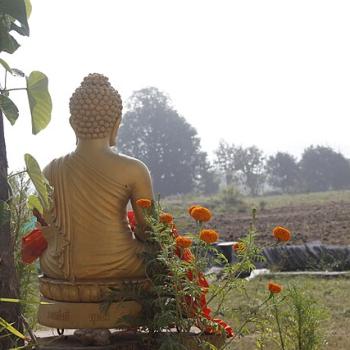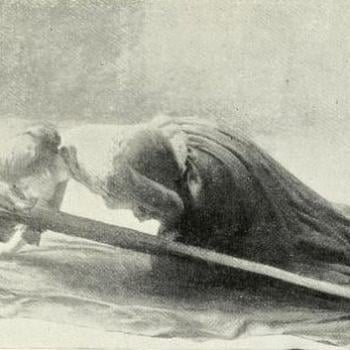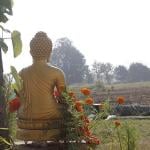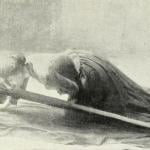
Zen teacher Dosho Port at his Wild Fox Zen blog recently briefly reflected on the various “stances” a Zen teacher might take. I really admire him and when he says something I find myself inclined to listen.
In this reflection Dosho joked about setting up dichotomies and then provided a few that he’s been thinking about. He wrote, “Seems to me that there are many variables moving quietly that influence our stance. Here are a few specific for the Zen teacher: authenticity vs. popularity, serving dharma vs. sangha, explaining Zen vs. providing the antecedents for discovery.”
Now, I think the weight really needs to go to the joke part. In Zen one should have difficulty in standing firmly at one end of a dichotomy or another.
These issues should all present.
And I see in my experience how they do when the teaching is what I would call authentic.
So, while one might assume one to be a bit more right, say “authenticity” over “popularity,” I would posit that there is no authenticity in isolation, and if one isn’t in some way relating to others in a manner that is useful and can be heard, one can be as true to oneself as one wishes and to be worthless in regard to the great commission to save all beings.
Similarly, and perhaps a better example, the dichotomy between “Dharma” and “Sangha” is more immediately obviously, at least to me, on shaky ground. What Dharma might exist without Sangha? Without people Dharma is some abstract philosophy, falling into the bucket set up by the old Western conundrum some mistakenly think of as a koan, if a tree falls in a forest and no one hears it, is there a sound? And Sangha without Dharma is the Republican party or a Bridge club. (don’t get confused here. I coulda said Democratic party and chess club. Same point…)
And lastly, “explaining” rather than “providing the antecedents for discovery.” Here, if the point to which the teachers are going isn’t the same, are we not just engaged in games? It’s been my observation that some teachers are more gentle and explanatory in style while others are more oblique and, how shall I put this, “koanic” in presentation. While it is true explaining can become the driest of dry lecture, the koanaic presentation can be glib and self-satisfying and not setting anyone up for anything other than confusion. But, held gracefully and with care and grounded in that authentic insight into the place beyond self and other, then either style opens the great way.
And then the many beings are saved.
Early morning thoughts, hardly developed…












